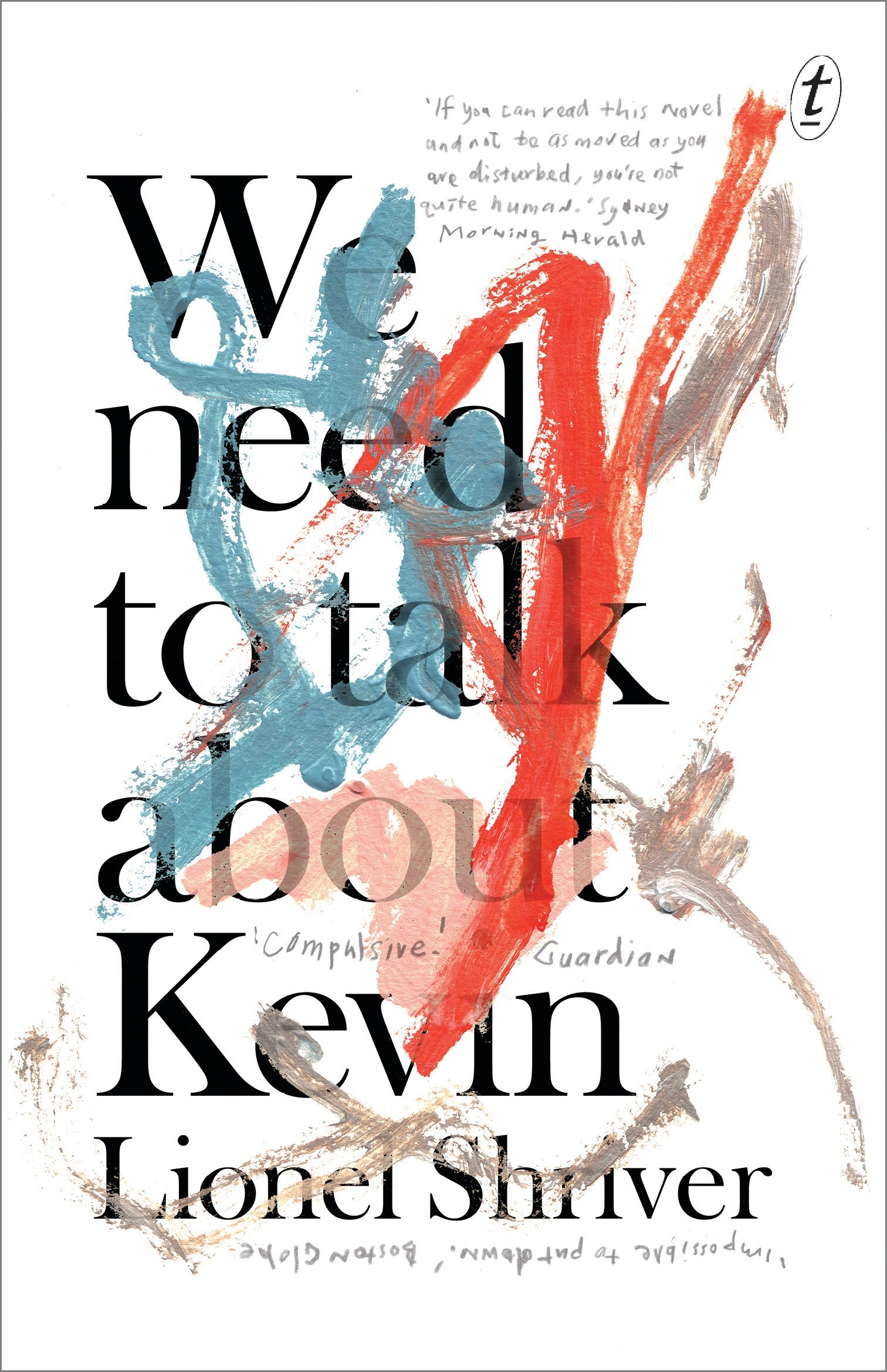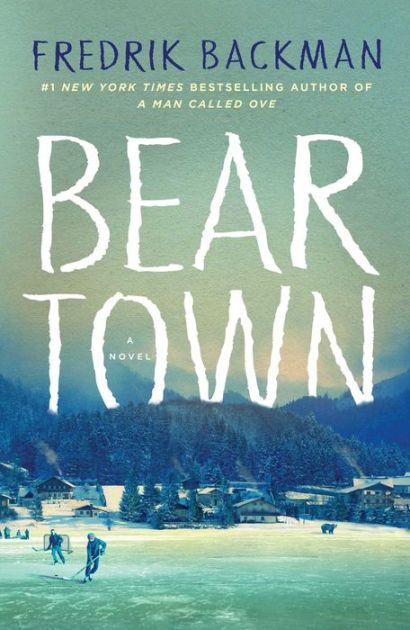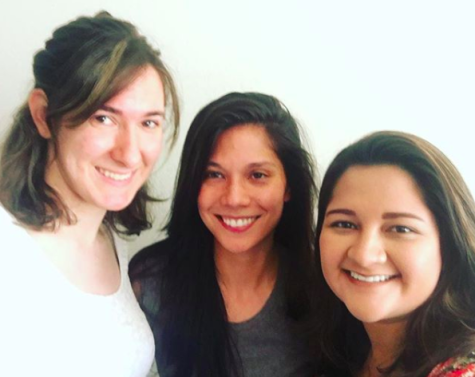It’s that time of year again. Welcome to my fourth annual list of my favorite new (to me) books of the year. Once again, I met my goal to read at least 30 books. But this time it didn’t come down to the final hours of the year. So that’s improvement, right?
Anyway, without further ado, here are my four favorites, plus a couple honorable mentions.
“We Need to Talk About Kevin” by Lionel Shriver

Don’t give this book to pregnant women. Maybe give it to people who you don’t think should procreate to scare them into staying childless.
My favorite books are the ones that leave me going, “Whoah” long after I’ve passed the final paragraph. “We Need to Talk About Kevin” certainly succeeds. Not only is Lionel Shriver a terrific writer, but she takes taboo questions: Can I child be born evil? Is it a moral failing for a mother to not love her child? Are there limits to what parents can do to keep their children from harming others?
Even before birth, Eva Khatchadourian‘s son Kevin seems demonic. At first, Eva thinks the problem must be with her. She’s not a good mother. She never wanted children, and somehow the baby knows it. There is something wrong with her.
And the average reader wants to agree. Babies can’t be evil. Can they?
“We Need to Talk About Kevin” is not necessarily a page turner. In fact, Shriver’s prose is almost too descriptive and too flowery for me. But the creepy tone kept me coming back to see what horrifying turn Eva’s life would take next.
Shriver reveals the story in epistolary form; through letters from Eva to her poor, loving, naive husband Franklin. And she starts her letters after the main event, so the reader is pulled along like a driver approaching a devastating crash. We know it’s going to be bad. But we have to look. We have to see how bad.
And in the case of Kevin, it’s much worse than we could have imagined.
“Little Fires Everywhere” by Celeste Ng

Ng’s “Everything I Never Told You” made my list last year, so you could say I’m a fan of her work.
In my opinion, “Little Fires Everywhere” is even better. From the opening chapter, which contains the line with the novel’s title, Ng sucks you into the world of Shaker Heights, Ohio. It’s a perfectly planned suburb. Until single mother Mia shows up with her teenage daughter Pearl. They rent a house from the Richardson’s, who perfectly embody the spirit of this surreal town.
The Richardson children are drawn to the mother-daughter pair, each for their own reasons. And it seems the nomadic Mia and Pearl may have finally found a place to call home.
Until family friends of the Richardson’s try to adopt a Chinese-American baby. The ensuing custody battle divides the town, and Mrs. Richardson and Mia. And Mrs. Richardson decides to do some digging into Mia’s past, uncovering secrets about her tenants that can’t be reburied.
Ng writes characters like no one else. Every character is fleshed out and made human. There are no “bad guys,” though there would be in the hands of a less sensitive writer. There are simply people with different motivations, and they usually believe they are doing the right thing. I found myself vehemently disagreeing with their choices, but feeling sympathetic toward them nonetheless.
That is Ng’s greatest accomplishment as a writer.
“Beartown” by Fredrik Backman

Fredrik Backman knows people. His understanding of the complexities of human emotions and relationships makes his writing rich and true to life. Even though Beartown is nestled in the forest somewhere in Sweden, the story feels like it could take place anywhere. Even your hometown.
Beartown lives and breathes hockey. It’s basically the only thing keeping the failing town going. The residents rest all their hopes and dreams on the shoulders of a gang of boys with sticks and skates.
So what happens when everyone in town treats teenage boys like royalty?
Nothing good.
And what happens when a teenage girl makes an accusation against the shining star of the team?
Nothing good.
A town, friends, and families are torn apart by conflicting loyalties. Children and adults alike must decide what their values are. Will they do what is right? Or will they do what is popular?
“Quiet” by Susan Cain

This book is for the introverts. The underappreciated wallflowers. The ridiculed bookworms. The ones who are pushed and prodded and told to speak up and be bolder.
It’s the book I wish I’d read when I was in junior high.
Susan Cain doesn’t just present a compelling argument for why it’s okay to be an introvert. She argues it can be beneficial. That introverts see the world in a much needed way. That they can approach problems with a different perspective, coming up with solutions that a group of extroverts might talk right over.
Her analysis of how our society has structured institutions in extroverted ways is fascinating. I’d never thought of open concept offices on an introvert vs. extrovert basis. But that’s exactly what they are. Companies shift toward open offices for a variety of reasons, but the fact of the matter is that they just don’t work for everyone. Introverts often don’t do their best work in an environment full of noise, interruptions, and people peering over your shoulder.
But society pushes the extrovert ideal long before people start their careers. As early as elementary school (possibly preschool), children are forced into group projects and group activities. There’s often no moderation. American classrooms are tailored to children who like to talk, not the ones who like to think.
There are so many other excellent points in “Quiet” and success stories of introverts who changed the world (Rosa Parks, Dr. Seuss, Steve Wozniak? Anybody?). It’s a book everyone should read, but it’s the introverted readers who will walk away whispering, “Maybe there’s nothing wrong with me after all.”
Honorable Mentions
“Black Privilege” by Charlamagne tha God
“The Handmaid’s Tale” by Margaret Atwood
“The Girl With the Dragon Tattoo” by Stieg Larsson
Advertisements Share this:





